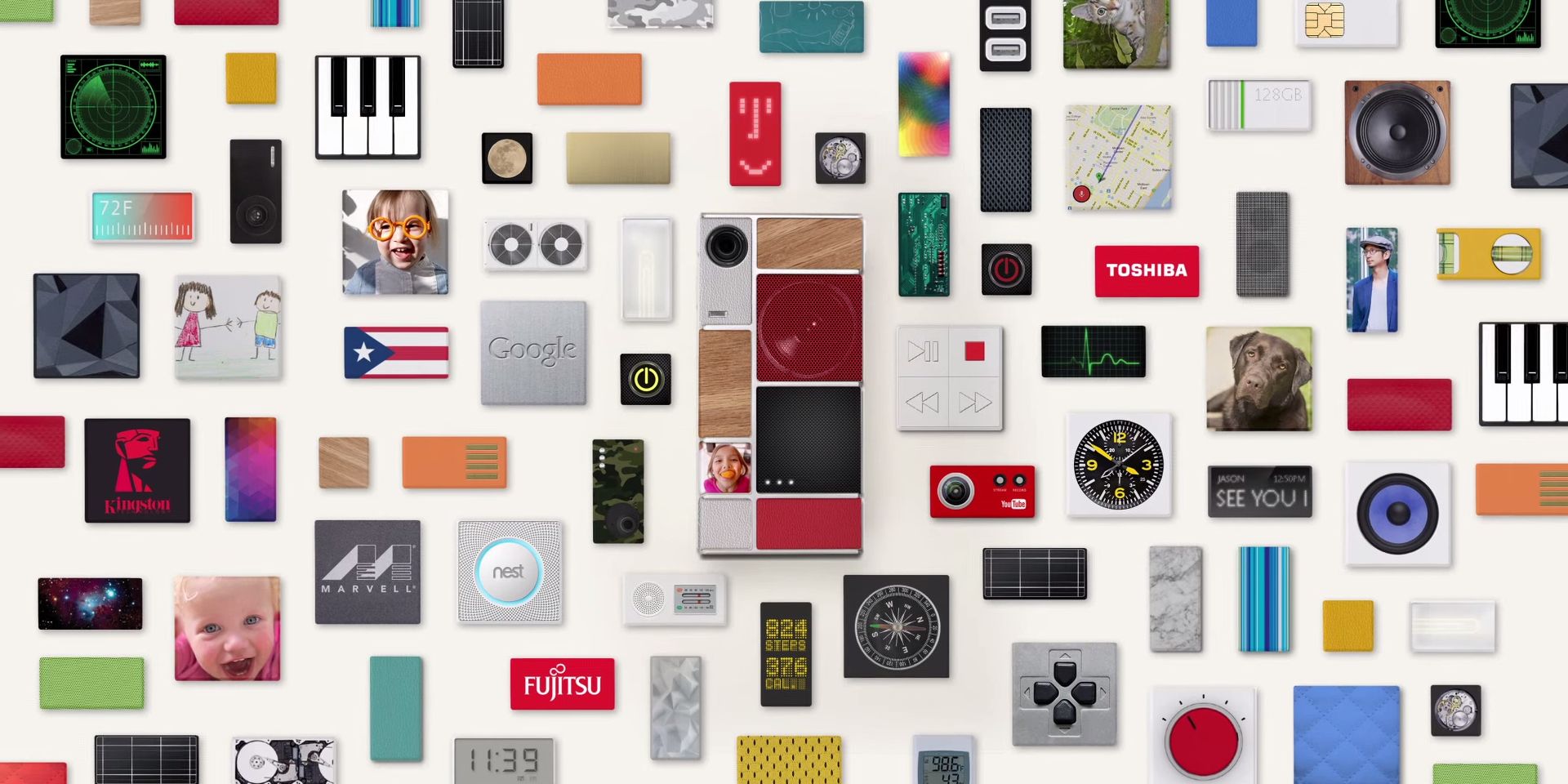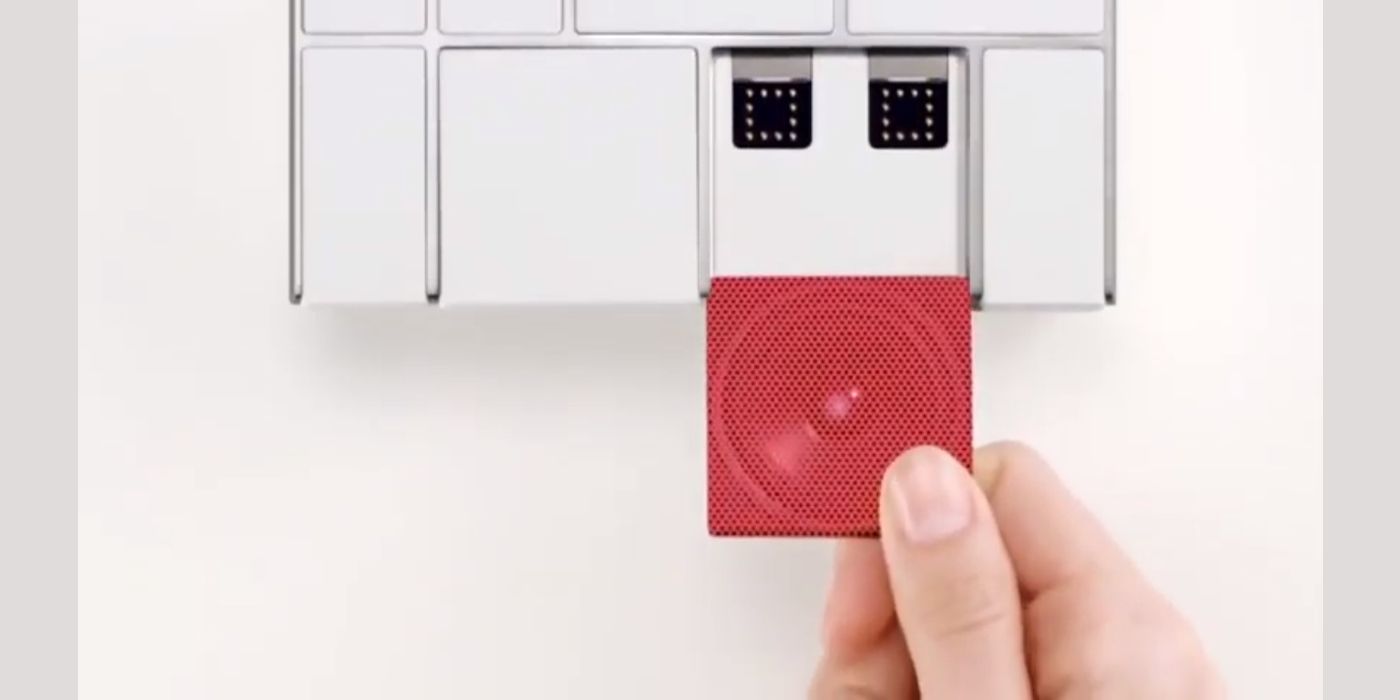Google's Project Ara planned modular smartphone came very close to being made a reality and could still have been available as an alternative to the likes of the Apple iPhone and Samsung Galaxy families today. The project ultimately fell through, but it's interesting to speculate about what could have been. Had Project Ara been released, would it have been any good, and would it have compared to the iPhone and Galaxy?
Google’s Ara modular smartphones were intended to stand alongside its more conventional Pixel line. The concept was based on the foundations of customization and environmentalism. Google saw modular smartphones as a potential means of reducing the electronic waste produced through smartphone turnover, with users upgrading and adapting their phones over time instead of buying entirely new ones. However, Project Ara was ultimately halted in September 2016 with no official reason given about why. It has been suggested that Google wanted to focus on its Pixel line instead, which would always have been more popular, and also that the parts for Ara were too expensive to produce.
Even though Project Ara was never formally released to the public, there did exist a developer version. It was known as the A8A01 and it’s the closest thing to the final product that was made. The A8A01 had a Qualcomm Snapdragon 810 processor, 3 GB RAM, a 5.46-inch HD display, and a 3450 mAh battery. Front and rear cameras both had fixed-focus lenses and could capture video at 1080p. Going by the specs, the base A8A01 would have been a decent phone to own for its time, though it would have been nothing revolutionary, with other smartphones at the time having similar specs. The ability to swap and upgrade its parts would have made it stand out though, perhaps allowing the A8A01 to keep up when new models of other phones came out, but it's doubtful it would have been able to compete at the top-end due to the inherent limitations of its modularity.
Could Google's Project Ara Have Competed?
That said, the A8A01 did have some qualities that made it better than the iPhone 7, which was its Apple contemporary at the time. The iPhone 7 had the Apple A10 Fusion processor, which is similar to the Snapdragon 810 in terms of performance, but Google’s phone had faster processing. The iPhone also had 2 GB of RAM, a 1960 mAh battery, and a 4.7-inch display, all of which were smaller than the A8A01. Compared to the Samsung Galaxy S7 of the time, though, the A8A01 couldn’t compete. The S7 had better specs in all aspects except storage, for which the two phones were matched. Of course, the real test for the Ara device would have been how it fared in the real world, with such an ambitious modular device untested. Conversely, it's also possible that the launch product could have been better than the A8A01 developer version.
In reality, Project Ara, while ambitious, wouldn’t have fared well against the iPhone or Galaxy. Ironically, its selling point would have held it back, with modular phones just not being very popular with the mainstream consumer. Customizing and upgrading a modular phone’s hardware requires a certain level of interest and technical expertise that many people simply don't have. What's more, those rumored high production costs would have had to have been passed on to the consumer, making it a less palatable option against some of the more conventional big-hitters. Nonetheless, Google did file a patent for pared-back modular devices in 2019, so we could still see something like Project Ara comes to fruition in the future.
Source: Google ATAP, GSMArena.com


